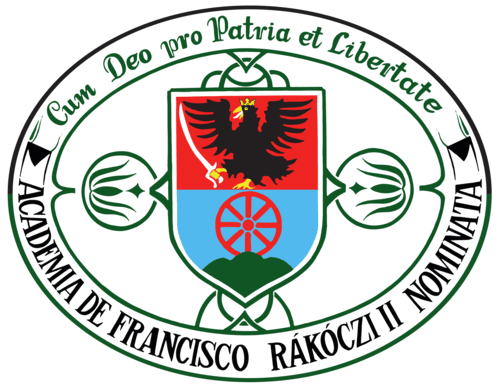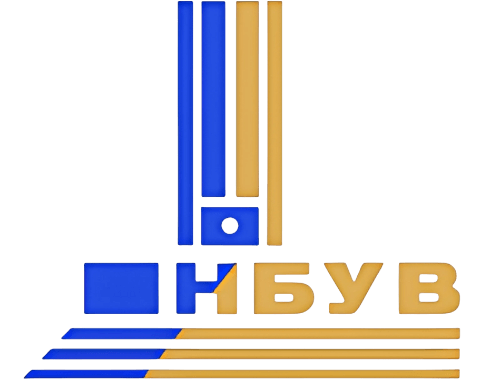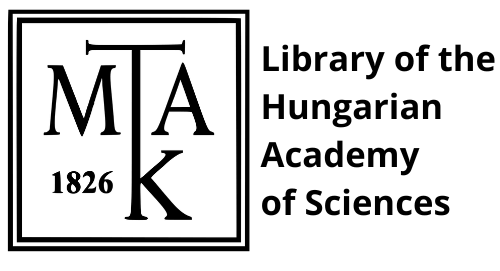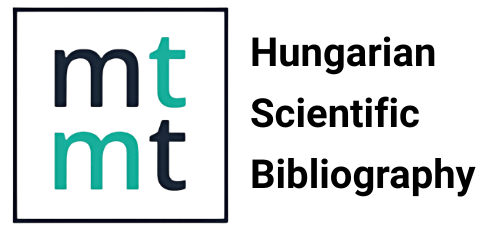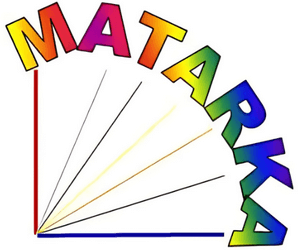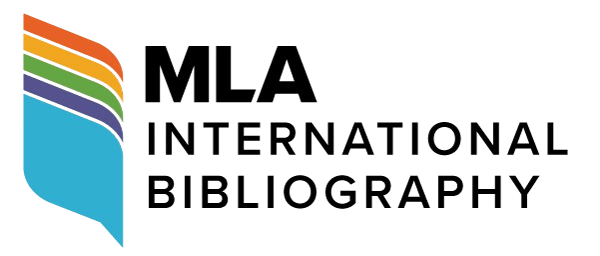Peculiar multilingualism on the banknotes of the Austro-Hungarian Monarchy
DOI:
https://doi.org/10.58423/2786-6726/2024-1-27-45Keywords:
linguistic landscape, language policy, Austro-Hungarian Monarchy, banknotes, multilingualismAbstract
The topic of research devoted to the linguistic landscape is gradually expanding, so the concept itself is constantly acquiring new interpretations. The article considers banknotes as elements of the linguistic landscape, and the linguistic landscape as a reflection of language policy, its peculiar public expression. The issuance of banknotes is strictly regulated by the state, while controlling not only the shape, color, decorative elements, denominations and security elements of the banknotes, but also the symbols and languages that appear on them. Along with portraits of historical figures, images related to the culture and historical past of a certain nation, the presence (or absence) of languages on banknotes is also an element of symbolic politics and a part of revealing the language policy of a certain state. The publication examines the languages that were represented in the inscriptions of various series of banknotes issued in the dualistic Austro-Hungarian Monarchy between 1900 and 1919. The article analyzes the reasons for the appearance of different languages on banknotes of the specified period. Based on the languages depicted on the banknotes, it is shown that the two main parts of the federal state of Austria- Hungary pursued different language policies. The article highlights that, according to the concept of dualism, the German language dominated on one side of the Austro-Hungarian banknotes, and the Hungarian language on the other. On the front side, along with the most important information, which was provided only in German, the denomination of the banknote was indicated in the languages of several nations of the Austro-Hungarian Monarchy. The reverse side was purely monolingual – Hungarian. Therefore, the denomination was indicated on the banknote in a total of ten languages: German, Czech, Croatian, Polish, Italian, Romanian, Serbian, Slovenian, and also Ruthenian or Ukrainian. The article tries to find an answer to why the Czech, Croatian, Serbian, Polish, Italian, Romanian, Slovenian and Ukrainian (Ruthenian) languages were used on banknotes next to German, and why the reverse side of the banknotes remained monolingual (Hungarian). The authors concluded that even states that issue multilingual banknotes guarantee that the state language should be in a dominant position.
References
Beregszászi, Anikó – Gazdag, Vilmos – Csernicskó, István 2020. Movna polityka i movnyy landshaft: Polʹsʹka mova na banknotakh Chekhoslovatsʹkoyi Respubliky 1919–1938. Ukrayinsʹka polonistyka 18/2: 13–29. https://doi.org/10.35433/2220- 4555.18.2020.fil-2
Beregszászi, Anikó – Gazdag, Vilmos – Csernicskó, István 2020. Hroshi ta (movna) polityka. Vizualʹna konstruktsiya movnoyi polityky na banknotakh na terytoriyi suchasnoho Zakarpattʹya. Törökbálint: Termini Egyesület.
Csernicskó, István – Fedinec, Csilla 2014. Nash mistsevyy Vavylon. Istoriya movnoyi polityky na terytoriyi Zakarpattya u pershiy polovyni XX stolittya (do 1944 roku). Uzhhorod: Polihraftsentr «Lira».
Backhaus, Peter 2006. Multilingualism in Tokyo: A Look into the Linguistic Landscape. International Journal of Multilingualism 3(1): 52–66.
Blommaert, Jan 2006. Language Policy and National Identity. In T. Ricento ed. An Introduction to Language Policy: Theory and Method. Malden, MA: Blackwell Publishing Ltd. 238–254.
Brubaker, Rogers 2011. Nationalizing states revisited: projects and processes of nationalization in post-Soviet states. Ethnic and Racial Studies 34(11): 1785–1814.
Csernicskó, István – Beregszászi, Anikó 2019. Different states, same practices: visual construction of language policy on banknotes in the territory of present-day Transcarpathia. Language Policy 18(2): 269–293. https://doi.org/10.1007/s10993- 018-9485-3
Csernicskó, István – Fedinec, Csilla 2022a. Jazyky na papierových platidlách mnohonárodných štátov na príklade Česko-Slovenska a Sovietskeho zväzu. Jazykovedny Casopis 73/2: 213–231. https://doi.org/10.2478/jazcas-2023-0006
Csernicskó, István – Fedinec, Csilla 2022b. The competition of languages in the Lingusitic landscape of Transcarpathia in Czechoslovak Republic (1919–1939): a partial analysis. Forum Social Science Review 24/5: 17–30.
Dal Negro, Silvia 2009. Local policy modeling the linguistic landscape. In E. Shohamy
– D. Gorter eds. Linguistic landscape. Expanding the scenery. New York & London: Routledge. 206–218.
Fedinec, Csilla – Csernicskó, István 2022. A területiség elvének megjelenése a pénzjegyeken: két közép-kelet-európai példa. Fórum Társadalomtudományi Szemle 24/3: 107–123.
Fedinec, Csilla – Csernicskó, István 2019. The People of the “Five Hundred Villages”: Hungarians, Rusyns, Jews, and Roma in the Transcarpathian Region in Austria– Hungary. In: Markian Prokopovych, Carl Bethke, Tamara Scheer eds. Language Diversity in the Late Habsburg Empire. Leiden: Brill Academic Publishers. 160–195. https://doi.org/10.1163/9789004407978_010
Gorter, Durk 2006. Introduction: The Study of the Linguistic Landscape as a New Approach to Multilingualism. In Durk Gorter ed. Linguistic Landscape: A New Approach to Multilingualism. Clevedon–Buffalo–Toronto: Multilingual Matters. 1–6.
Gorter, Durk – Marten, Heiko F. – Van Mensel, Luk 2019. Linguistic Landscapes and Minority Languages. In Gabrielle Hogan-Brun and Bernadette O’Rourke eds. The Palgrave Handbook of Minority Languages and Communities. London: Palgrave Macmillan. 481–506.
Gyurgyák, János 2007. Ezzé lett magyar hazátok. A magyar nemzeteszme és nacionalizmus története. Budapest: Osiris.
Hires-László, Kornélia 2019. Linguistic Landscapes in a Western Ukrainian Town. Corvinus Journal of Sociology and Social Policy 10(1): 87–111. https://doi.org/10.14267/CJSSP.2019.1.5
Hymans, Jacques E.C. 2005. International Patterns in National Identity Content: The Case of Japanese Banknote Iconography. Journal of East Asian Studies 5: 315–346.
Jaworski, Adam – Thurlow, Crispin 2010. Introducing Semiotic Landscapes. In Adam Jaworski – Crispin Thurlow eds. Semiotic Landscapes: Language, Image, Space. London: Continuum. 1–40.
Kamusella, Tomasz 2009. The Politics of Language and Nationalism in Modern Central Europe. Basingstoke: Palgrave Macmillan.
Kroskrity, Paul V. 2000. Regimenting language. In Paul V. Kroskrity ed. Regimes of Language: Ideologies, Polities and Identities. Santa Fe: School of American Research Advanced Seminar Series. 1–34.
Laihonen, Petteri 2015. Linguistic landscapes of a minoritized regional majority: Language ideologies among Hungarians in South-West Slovakia. In Mikko Laitinen
– Anastassia Zabrodskaja eds. Dimensions of Sociolinguistic Landscapes in Europe Materials and Methodological Solutions. Frankfurt am Main, Berlin, Bern, Bruxelles, New York, Oxford, Wien: Peter Lang. 171–198. https://doi.org/10.3726/978-3-653-05170-4/21
Laihonen, Petteri 2016. Beware of the dog! Private linguistic landscapes in two ‘Hungarian’ villages in South-West Slovakia. Language Policy 15/4: 373–391. https://doi.org/10.1007/s10993-015-9358-y
Moser, Michael 2016. Rusyn: A New–Old Language In-between Nations and States. In Tomasz Kamusella, Motoki Nomachi, Catherine Gibson eds. The Palgrave Handbook of Slavic Languages, Identities and Borders. Houndmills, Basingstoke: Palgrave Macmillan UK. 124–139. https://doi.org/10.1007/978-1-137-34839-5_7
Nagy, Noémi 2019. A hatalom nyelve – a nyelv hatalma. Nyelvi jog és nyelvpolitika Európa történetében. Budapest: Dialóg Campus Kiadó.
Orosz, Örs ed. 2012. A hely nevei, a nyelv helyei. A kisebbségi nyelvi jogok története Szlovákiában 1918–2012. Somorja: Fórum Kisebbségkutató Intézet.
Puzey, Guy 2012. Two-Way Traffic: How Linguistic Landscapes Reflect and Influence the Politics of Language. In D. Gorter, H. F. Marten – L. Van Mensel eds. Minority Languages in the Linguistic Landscape. Basingstoke: Palgrave Macmillan. 127–147.
Raento, Pauliina – Hämäläinen, Anna – Ikonen, Hanna – Mikkonen, Nella 2004. Striking Stories. A Political Geography of Euro Coinage. Political Geography 23/8: 929–995.
Scollon, Ron – Scollon, Suzie Wong 2003. Discourses in place: Language in the material world. London, UK: Routledge.
Sebba, Mark 2013. The visual construction of language hierarchy: The case of banknotes, coins and stamps. Journal of Language and Politics 12/1: 101–125. https://doi.org/10.1075/jlp.12.1.05seb
Shohamy, Elana – Ben-Rafael, Eliezer 2015. Introduction: linguistic landscape, a new journal. Linguistic Landscsape 1/1-2: 1–5. https://doi.org/10.1075/ll.1.1-2.001int
Shohamy, Elana – Waksman, Shoshi 2009. Linguistic landscape as an ecological arena: Modalities, meanings, negotiations, education. In Elena Shohamy – Dork Gorter eds. Linguistic landscape: Expanding the scenery. New York–London: Routledge. 313–331.
Shohamy, Elana 2006. Language policy: Hidden agendas and new approaches. London: Routledge.
Shohamy, Elana 2015. LL research as expanding language and language policy. Linguistic Landscape 1/1-2: 152–171. https://doi.org/10.1075/ll.1.1-2.09sho
Spolsky, Bernard 2004. Language Policy. Cambridge: Cambridge University Press.
URL 1. Staatsgrundgesetz vom 21. Dezember 1867 über die allgemeinen Rechte der Staatsbürger für die im Reichsrate vertretenen Königreiche und Länder. https://www.ris.bka.gv.at/Dokumente/Erv/ERV_1867_142/ERV_1867_142.pdf
URL 2. 1868. évi XLIV. törvénycikk a nemzetiségi egyenjogúság tárgyában. https://net.jogtar.hu/getpdf?docid=86800044.TV&targetdate=&printTitle=1868.
+%C3%A9vi+XLIV.+t%C3%B6rv%C3%A9nycikk&referer=1000ev
URL 3. Népszámlálási Digitális Adattár – Központi Statisztikai Hivatal Könyvtára https://library.hungaricana.hu/hu/collection/kozponti_statisztikai_hivatal_nepsz amlalasi_digitalis_adattar/
Veselkova, Marcela – Horvath, Julius 2011. National identity and money: Czech and Slovak Lands 1918–2008. Nationalities Papers 39/2: 237–255. https://doi.org/10.1080/00905992.2010.549473
Downloads
Published
How to Cite
Issue
Section
License
Authors retain copyright and grant the journal the right of first publication. The work is simultaneously licensed under a Creative Commons Attribution 4.0 International License (CC BY 4.0), which permits others to share the work with appropriate credit given to the author(s) and the initial publication in this journal.



